From Smaller Pads to TikTok Tampon Tutorials, the Tween Period Care Era Is Here

Sephora kids are on the rise — tweens have taken to the retailer, scrambling to purchase products from colorful and trendy brands like Glow Recipe and Drunk Elephant. Now, period care is getting similar treatment.
A crop of tween-specific brands have popped up, promising better-sized products and messaging that specifically targets Gen Alpha. Concurrently, period care brands that are seemingly targeting all menstruators have taken a liking to younger consumers, adjusting their strategy to continue reaching them. And there is good reason. A recent study published in The Journal of the American Medical Association, looking at more than 71,000 people, found that menstruators are, in fact, getting their period younger. Specifically, the average first period age for those born between 1950 and 1969 was 12.5 and dropped to 11.9 for those born between 2000 and 2005. The study also showed that minorities are disproportionately impacted.
More from WWD
As more brands tap into this growing demand, product innovation, clear brand messaging and a specific social media strategy are crucial, say the experts.
“Menstrual health and wellness has been covered by stigma forever, and we’re finally seeing the emergence of stigma-free and shame-free branding around menstruation,” said Carli Sapir, founding partner at Amboy Street Ventures, a venture capital firm focused on women’s health and sexual health technology. “That creates opportunity for brands to advertise differently, which is especially important for young women who are beginning their menstruation journey.”
For many entrepreneurs in the tween period care space, their brands were born out of a desire to create something better for their own children. One common theme is how surprised many founders were to find that the period care aisle has looked the same for decades, with little-to-no innovation in terms of product and packaging.
Pinkie and RedDrop, both founded by a duo of moms, are two such examples targeting tweens specifically with smaller-sized pads.
“We wanted to focus on all the pain points that we had when we were young,” said Pinkie cofounder Fiona Simmonds. “Part of that was smaller sizing. That’s low hanging fruit… If the period age is dropping, [pads] should shrink alongside the body size, so narrower and shorter.”
RedDrop cofounder and longtime teacher Dana Roberts had a similar mission when she discovered that more than half the girls in her fifth grade class would get their first period at school and oftentimes weren’t prepared. While education is at the forefront of RedDrop, sizing was also crucial.
“Our smallest [pad] is six-and-a-half inches long, which is at least an inch-and-a-half smaller than everything else on the market,” said RedDrop cofounder Dr. Monica Williams.
Other key elements for Pinkie, which is available at Walmart and Target, include removing chemicals, dyes and plastics; quiet, rip-free material and a drawstring style package for easy disposal — this component earned the brand 3.5 million views on a viral TikTok, according to Simmonds.
Aside from creating smaller products more suited to tweens, the Pinkie team has also taken cues from Gen Alpha’s growing Sephora obsession, particularly when it comes to the brand’s striped rainbow packaging.
“When we refreshed our packaging, we designed it in a way that it could sit on my daughter’s shelves. We came in [to her bedroom] to do a lot of our research because she has all of her products lined up — all the Drunk Elephant and Byoma — and it’s all very colorful,” said cofounder Sana Clegg. “We wanted that same girl to put her Pinkie box on top of her sink as opposed to under her sink.”
Likewise, RedDrop’s products come in candy-esque colors and feature youthful emoji-style symbols, like stars, hearts and clouds. Additionally, both brands plan to grow with the girls they are marketing to by launching smaller tampons in the future.
Saalt, known for its cups, discs and period underwear, has also seen a growing demand for smaller-sized offerings. The brand currently has teen cups, and is launching smaller period underwear in August.
While seemingly it makes sense that smaller menstruators would need smaller period products, some argue that it’s just marketing.
“Any brand you see out there that’s marketed for teens is pure marketing,” contends Nadya Okamoto, founder of period care brand August. “It’s just a smaller pad, and in most cases, it’s not even a smaller pad. It’s the same pad but in a different box.”
At the same time, Okamoto, who has more than 4 million followers on TikTok, is constantly receiving messages from tween menstruators about what products they should use, demonstrating that there is a need to target this age group.
“I get a lot of questions about, ‘Can kids use August?’ In comments and DMs, they’re like, ‘How old do I have to be to use the pads? The thing is, a pad is a pad. A tampon is a tampon,” she said. “There are only so many tampon sizes because it’s a class two FDA-approved medical device.”
But other experts disagree, noting that there is an opportunity for brands to create smaller sizing for younger menstruators.
“There is a market for a smaller version especially as we’re hearing about 6-year-olds getting their period now. That’s crazy and scary and there’s so many repercussions for that,” said Rachel Hirsch, founder of Wellness Growth Ventures. “Because girls are getting their period younger and younger, there is this new market that has developed.”
While Hirsch argued there is a market, she’s hesitant of investing heavily in the menstrual care market overall since there’s not much new innovation to differentiate one brand over another.
“Everyone has different needs. There’s plenty of space for a lot of players,” she said. “But why you choose one or the other? It’s a personal rather than a defensible option.”
However, all period brand founders can agree on one thing when it comes to tweens: More education is needed for caregivers and kids. August and Viv, which target menstruators of all ages, have both doubled down on social media to educate period first-timers.
“We’ve recently been positioning ourselves as Gen Z’s cool big sister because of the response we’ve been getting from social media,” said Viv founder Katie Diasti, adding that the brand has developed smaller sizes of its cup for younger users.
According to founders across the space, tutorial style videos resonate with this cohort most. For example, RedDrop has employed a plush vulva to demonstrate how to use certain products, while Simmonds of Pinkie has posted TikToks showcasing how to use a pad on underwear.
“Some of our most viral content is simple educational videos, like how to insert a tampon. That has over five million views and tens of thousdands of comments from young people asking follow-up questions,” Diasti said.
Okamoto, who recently rolled out first period kits for young consumers, added: “A lot of it is the more basic questions and questions around how you prepare for your period.”
To address the growing education gap — as sexual education is not required in every state — RedDrop has created a slew of resources, including a book titled “Growing Up Powerful,” a virtual period prep class and period kit bundles, something many brands in the space are launching.
Saalt cofounder and CEO Cherie Hoeger also argued that its crucial that girls see themselves across the educational material brands are putting out.
“We have a teen 101 series that my daughter filmed,” she said. “It has to be done with teens, so we have interns and my daughter is included in that too, who help with our content because they know exactly what they’re looking for.”
Short videos resonate most with this group. “They’re not reading anything,” Hoeger said. “It’s like, ‘Let’s find a how-to video,’ so TikToks are huge.”
While brands are tapping into TikTok and vibrant packaging to speak to Gen Alpha, they aren’t actually the customer. In most cases, the parent or caregiver is purchasing these products, so there’s a balancing act to reach both the customer and the end-user.
“Just speaking to one category is not something that we can do… There’s an education with moms number one, and just letting them know that we’re out there,” Simmonds said, adding the parent education typically happens on Instagram. “Then there’s the education with the user and that typically happens on TikTok.”
According to Williams, Youtube and TikTok have been resonating with the girls, while Facebook has been a go-to for mom. For her, Instagram has been where the brand has seen the most crossover with both engaging in content. While RedDrop has a slew of educational materials on its site for any caregiver, the company also has an education bundle specifically for dads, further destigmatizing the conversation around periods.
According to Okamoto, there are different elements drawing in parents and their kids.
“What the mom is impressed by is the sustainability and impact commitment and the fact we’re also made by young people. We’re Gen Z,” she said. “The 13-year-old is definitely not like, ‘I’m so impressed with your carbon neutrality efforts.’ They’re more like, ‘Is it a cute box and will you teach me how to use it?'”
The goal for any period care brand skewing younger is, of course, to reach both and that’s exactly what 15-year-old Zoe Leffler is aiming to do with her new brand Cycl and its PMS Symptom Relief gummies, $28.
“We created Cycl with tweens and teens in mind. Girls are getting their periods as early as 10 years old — which is when I got my period,” she said. “The pain can be daunting, scary and disruptive to life. Messaging is key, but our formula works for all people who are menstruating.”
While there’s some argument about whether smaller products are necessary, founders and experts across the space agree the period care aisle could use a shakeup.
“We need people pushing us forward from women’s health on all angles,” Hirsch said, emphasizing the period care space. “That’s what we need right now.”
Cycl PMS Symptom Relief Gummies, $28
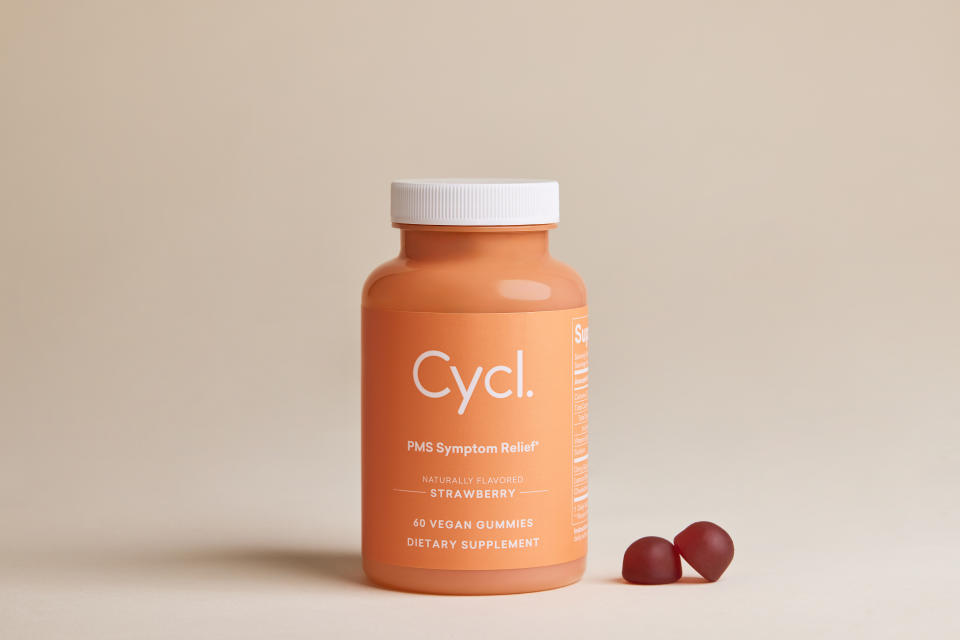
Cycl’s first product, a PMS Symptom Relief gummy, was formulated with ingredients like dong quai and lemon balm to ease period side effects in the hopes no one misses out on school, work and life.
Saalt Teen Cup, $29
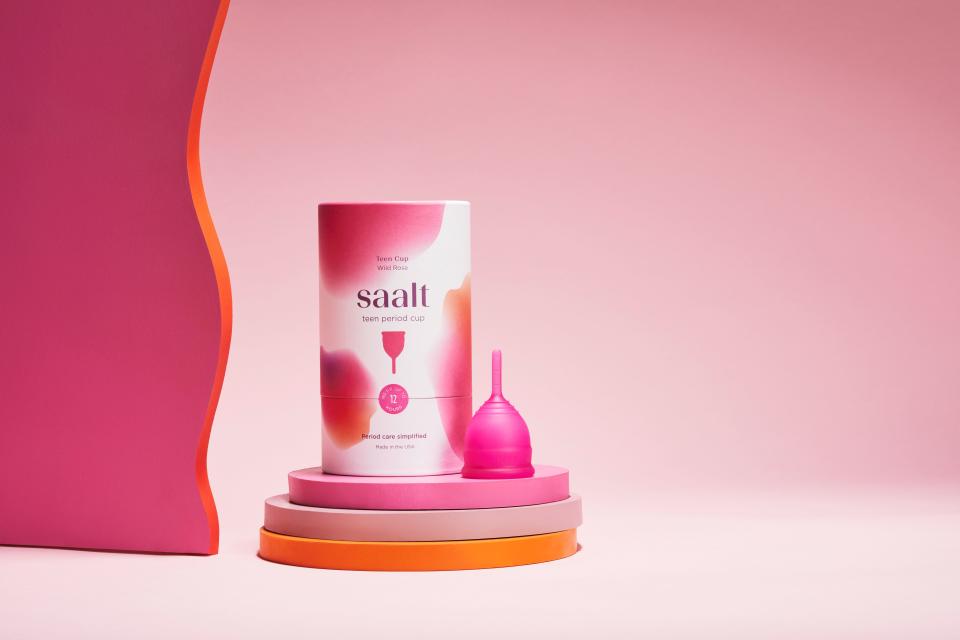
Saalt’s Teen Cup employs a slightly smaller design for younger users and provides up to 12 hours of protection.
RedDrop Tween Period Kit, $28
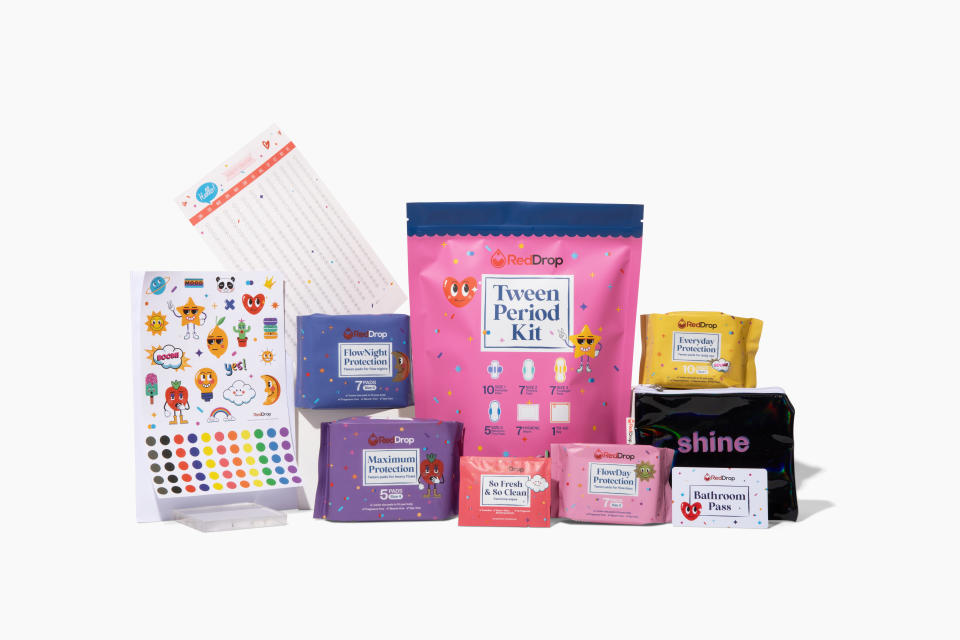
RedDrop’s Tween Period Kit includes all of the essentials, including an assortment of pads, a period tracker with stickers, wipes, an on-the-go pouch and a hall pass to use at school.
Pinkie Prep Pouch, $10
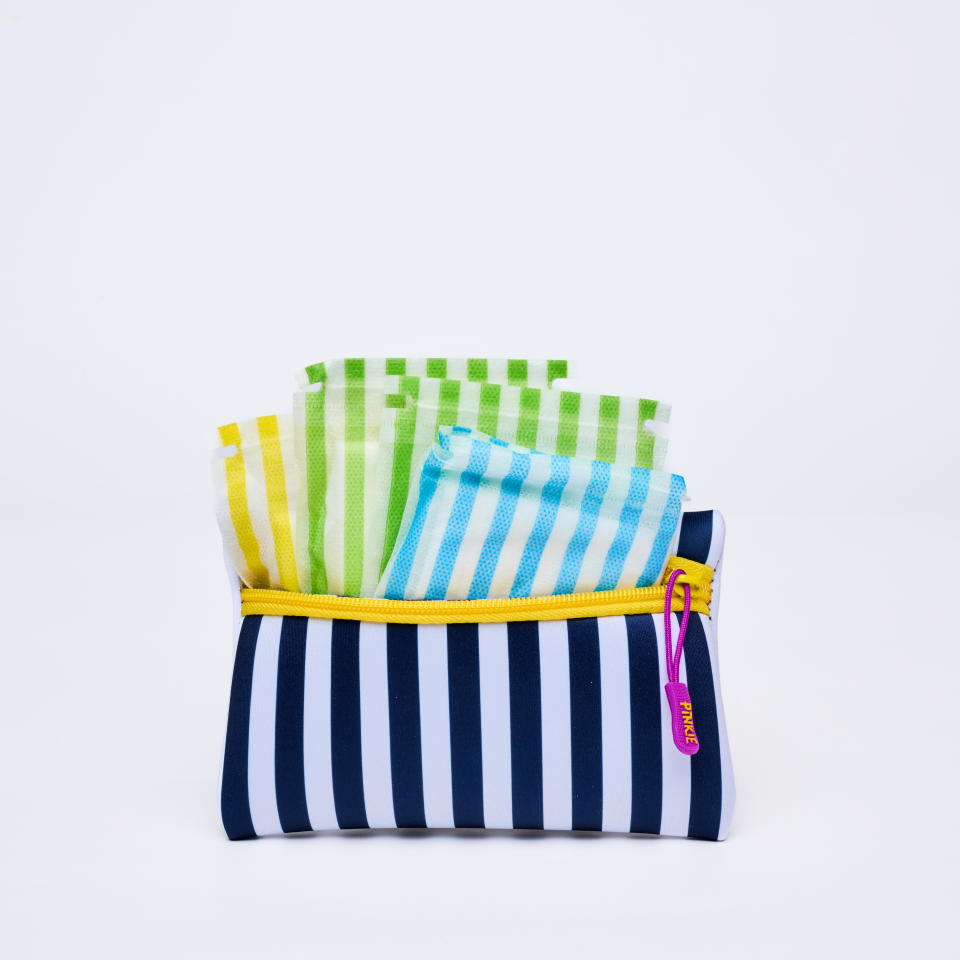
Pinkie’s Prep Pouch was made with tweens and teens in mind, featuring several sizes of pads with easy-to-dispose drawstring wrappers, all in a striped bag.
August Teens & Tweens Period Box, $15
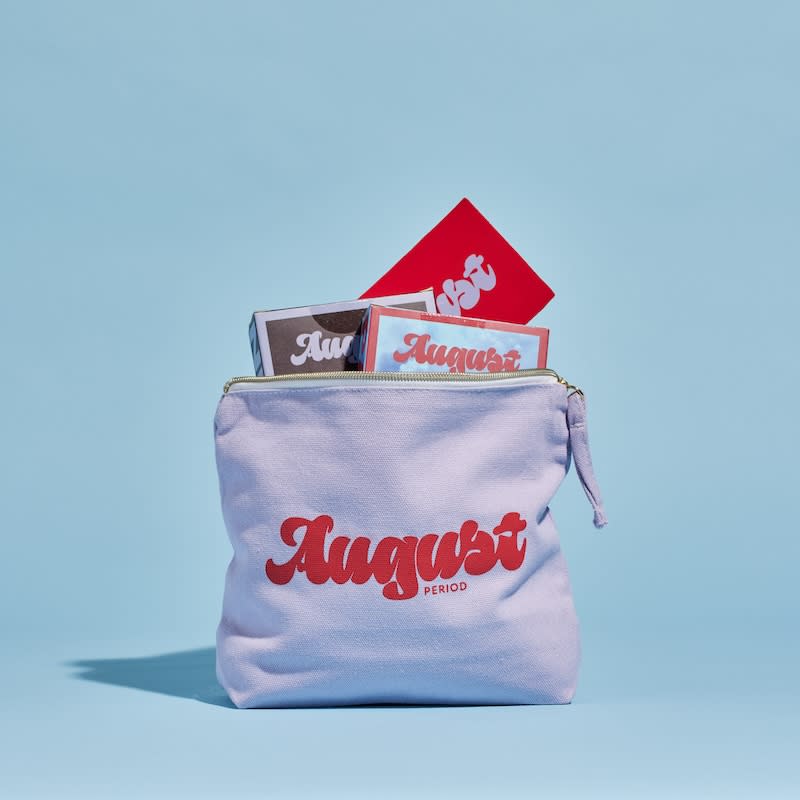
August’s Teens & Tweens Period Box comes with all the first period necessities: night pads, day pads and an on-the-go pouch.
